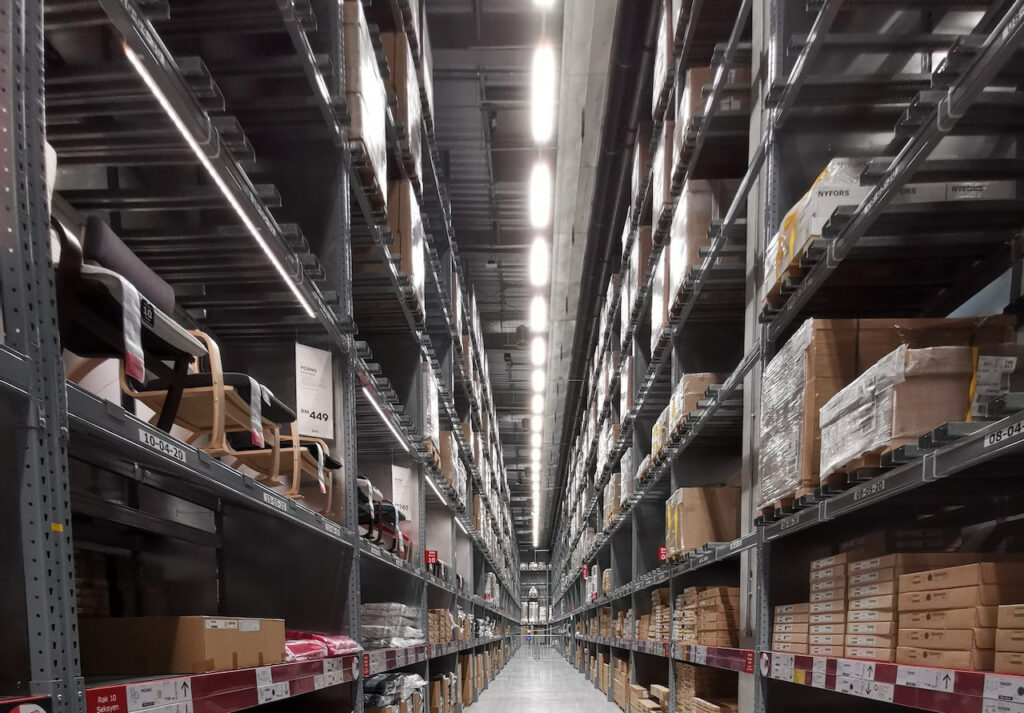In today's increasingly connected world, technology continues to evolve at a rapid pace, opening up new possibilities for businesses and individuals alike. One such innovation that has gained significant attention is Bluetooth beacons. These small, wireless devices have revolutionized proximity-based interactions and are being used in various industries to enhance customer experiences, improve operational efficiency, and drive innovation.
If you're curious about Bluetooth beacons and want to understand their potential and how they work, this complete guide will provide you with all the information you need.

At its core, a Bluetooth beacon is a small, battery-powered device that broadcasts Bluetooth signals to nearby smartphones, tablets, or other compatible devices. The beacon emits these signals using Bluetooth Low Energy technology, which allows for continuous transmission while consuming minimal power. By leveraging beacons, businesses can create virtual touchpoints in physical spaces, enabling them to deliver contextually relevant information and experiences to users based on their location.
Bluetooth beacons operate on a simple principle. When a compatible device comes within range of a beacon, it detects the beacon's signal and can trigger specific actions or deliver targeted content to the user. This detection is typically facilitated by dedicated mobile applications that can listen for beacon signals and respond accordingly. The range of a Bluetooth beacon can vary depending on factors such as its power output and environmental conditions, but it typically ranges from a few meters to several dozen meters.
There are several types of Bluetooth beacons available in the market, but the most common ones are based on the iBeacon and Eddystone standards. iBeacon is Apple's proprietary protocol, while Eddystone is an open-source protocol developed by Google. Both standards serve a similar purpose but differ in their implementation and supported features. It's essential to consider the compatibility of beacons with the devices and platforms you intend to use before making a selection.
Bluetooth beacons have found applications in a wide range of industries, each with its unique use cases. In retail environments, beacons can be used to deliver personalized offers, product recommendations, and location-based promotions to shoppers. Museums and art galleries use beacons to provide interactive exhibits and deliver detailed information about artworks.
In transportation and logistics, beacons can facilitate asset tracking, inventory management, and even contactless payment systems. The possibilities are vast, and businesses across various sectors are leveraging Bluetooth beacons to enhance customer engagement and operational efficiency.
Implementing Bluetooth beacons involves a combination of hardware and software components. On the hardware side, you need to acquire the beacon devices themselves and deploy them strategically in your physical space.
The software component typically consists of a dedicated mobile application or a beacon management platform that can detect beacon signals, process them, and trigger appropriate actions. It's crucial to choose reliable beacon hardware and select a robust software solution that aligns with your specific requirements.
Privacy and security are paramount when implementing any technology solution, and Bluetooth beacons are no exception. The beacon ecosystem has strict guidelines in place to protect user privacy. Beacon signals are anonymous and do not transmit personal information unless explicitly authorized by the user. Users have control over which applications can access beacon data on their devices, ensuring transparency and user consent.
As technology continues to advance, the future of Bluetooth beacons looks promising. We can expect to see more seamless integration with other emerging technologies such as augmented reality (AR) and the Internet of Things (IoT). Beacons will likely become more intelligent, allowing for more sophisticated interactions and personalized experiences. With the potential to bridge the physical and digital worlds, Bluetooth beacons are poised to play a significant role in shaping the future of location-based services and immersive environments.
Bluetooth beacons have revolutionized proximity-based interactions and opened up a world of possibilities for businesses across industries. By leveraging these small, wireless devices, businesses can deliver personalized experiences, improve operational efficiency, and enhance customer engagement.
Prev:UWB Asset Positioning: Revolutionizing Precision Tracking and Localization
Next:Revolutionize Your Projects with the ESP8266 WiFi Module
Copyrights© Shenzhen Skylab Co.,LTD All Rights Reserved.

